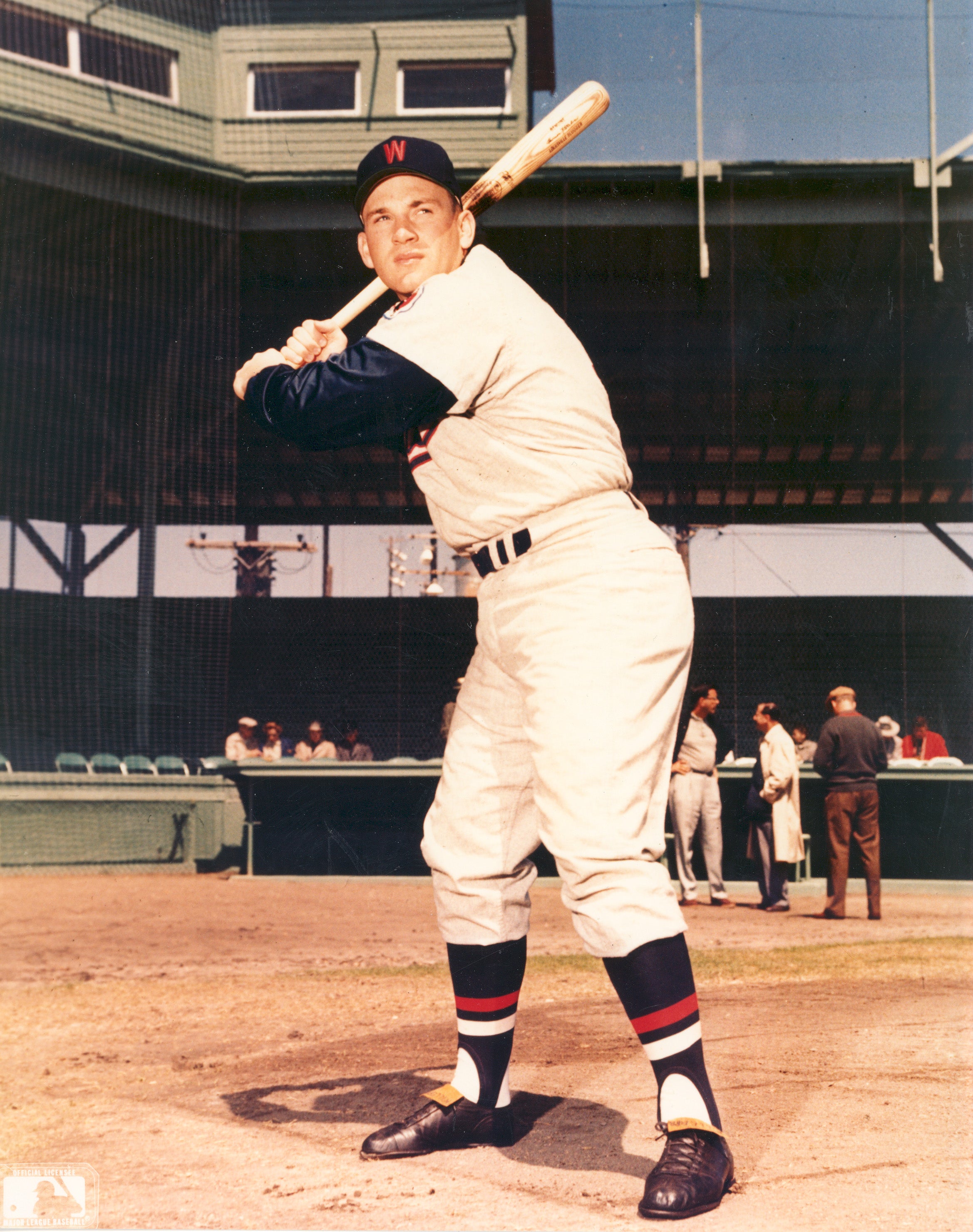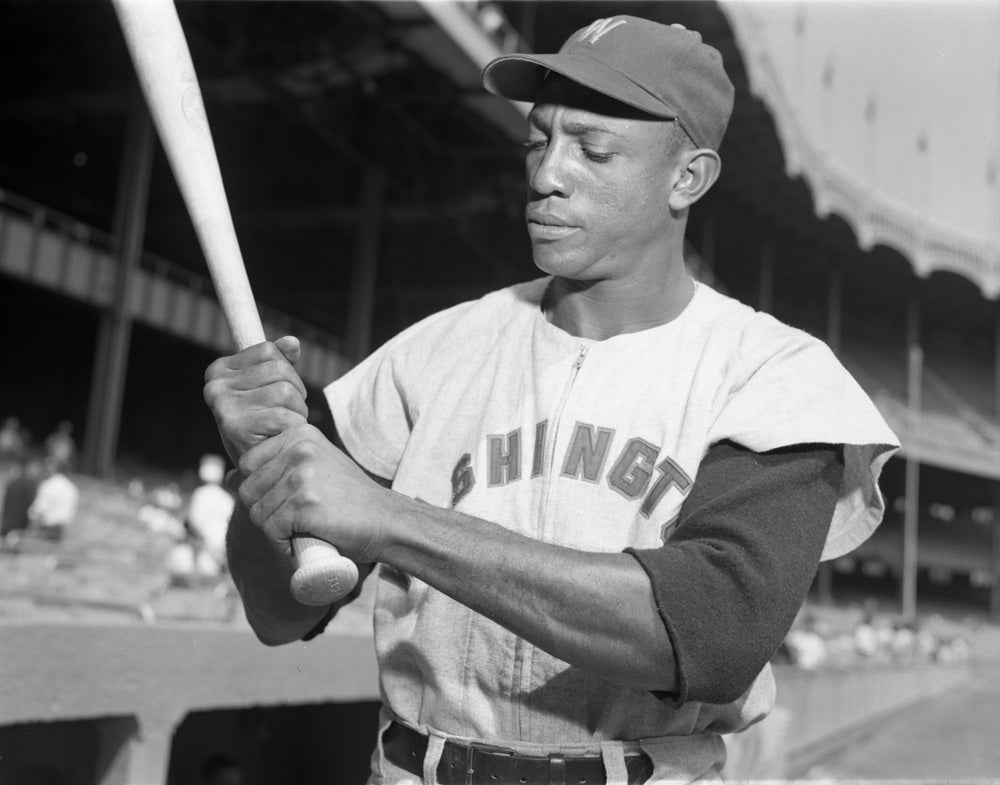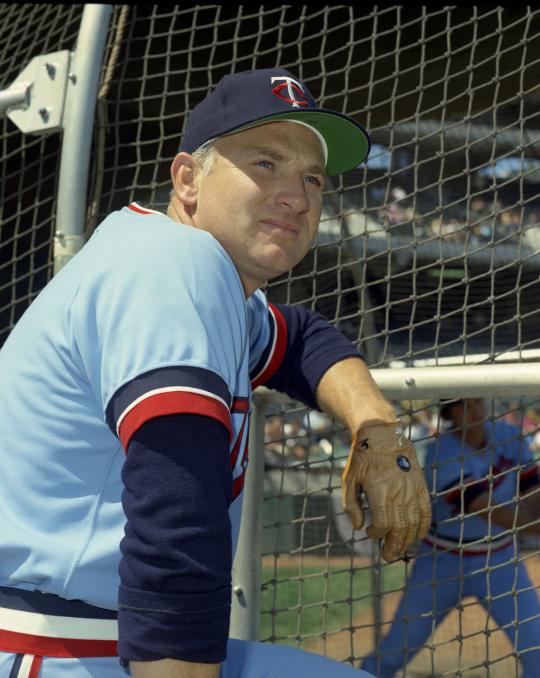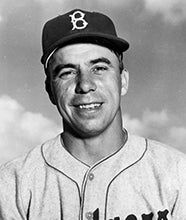- Home
- Our Stories
- Killebrew’s career was a portrait of power
Killebrew’s career was a portrait of power
When the Kansas City Royals released future Hall of Fame slugger Harmon Killebrew on Nov. 10, 1975, it marked the end of a 22-year career in which Killebrew earned a place among baseball’s best power hitters.
Nine years later, he would be recognized as one of the game’s great players upon his election to the Hall of Fame.
“Killer” signed with the Royals after the Minnesota Twins did not offer a contract to his liking following the 1974 season. Killebrew was the last player who made the move to Minnesota with the Washington Senators to leave the team.
Hall of Fame Membership
There is no simpler, and more essential, way to demonstrate your support than to sign on as a Museum Member.
After he hit just .199 with 14 home runs and 44 RBI for the Royals in 1975, Killebrew’s career ended. He made it official on March 4, 1976 when he formally announced his retirement and joined the Twins television network.
“It has been a difficult decision to make,” Killebrew said at a news conference. “I haven’t been looking forward to it with a great deal of anticipation.”
The Washington Senators signed Killebrew as an 18-year-old prodigy in 1954. After five years of sitting on the bench and working on his game in the minors, he exploded for a league-leading 42 home runs in 1959.
It would be the first of eight 40-home run seasons for the Idaho native, who led the American League in long balls six times.
Killebrew earned six top-five finishes in the A.L. MVP voting, and won the award in 1969.
He hit .276 with a league-high 49 home runs and 140 RBI that season, while walking 145 times on his way to a league-best .427 on-base percentage.
The Twins played in just one World Series during Killer’s career, when they lost to the Los Angeles Dodgers in seven games in 1965. Minnesota made the ALCS two other times, but lost to the Baltimore Orioles in both 1969 and 1970.
Killebrew was elected to the Hall of Fame in 1984, when writers named him on 83.1 percent of ballots cast.
He entered the Hall of Fame with Luis Aparicio, Don Drysdale, Rick Ferrell and Pee Wee Reese.
The National Baseball Hall of Fame and Museum has a number of Killebrew artifacts in its collection, including the bat he used on Aug. 10, 1971, when he became the 10th player to join the 500 home run club. When Killebrew retired, his 573 career home runs ranked fifth on the all-time list.
Chris Blake was the 2010 publications intern in the Frank and Peggy Steele Internship Program at the National Baseball Hall of Fame and Museum
Related Stories

Harmon Killebrew Hits His 500th Career Home Run

Dave Winfield signs with hometown Minnesota Twins

Twins win Game 7 of the 1991 World Series 1-0

#GoingDeep: Carlos Paula, the man who integrated the Washington Senators

Harmon Killebrew Hits His 500th Career Home Run

Dave Winfield signs with hometown Minnesota Twins

Twins win Game 7 of the 1991 World Series 1-0





